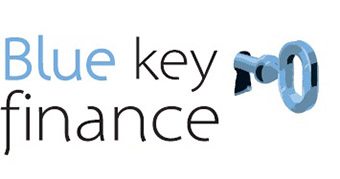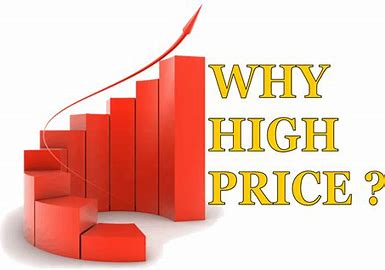Are you paying a HIGH PRICE for your loyalty on your home loan?
Australian homeowners with a mortgage are paying a high price for their loyalty and apathy, with lenders increasingly prioritising new borrowers over existing customers by way of lower interest rates and LARGE cashback campaigns.
The latest data from the Reserve Bank of Australia (RBA) shows that the gap between the variable interest rates being offered by lenders on new loans compared to outstanding loans – often dubbed the ‘mortgage loyalty tax’ – grew to 51 basis points in December.
For comparison, the gap was 40 basis points in December 2021 and 33 basis points in December 2019.
There are a couple of reasons behind the steady growth in the home loan loyalty tax in recent years.
In late 2021, new fixed rates started increasing from their record low levels and lenders started competing more heavily on variable rates for new customers, leaving existing customers on their relatively higher rates.
In addition, when the RBA started increasing the official cash rate in May 2022, lenders generally passed on the full interest rate increase to existing customers but tended not to increase the price for new customers by the same amount.
The price of loyalty
At first glance 51 basis points might not seem like a huge gulf between two interest rates, but over the life of a loan it could translate into a difference in the tens or even hundreds of thousands of dollars.
Take, for instance, an owner-occupier with a $500,000 mortgage being paid off over 30 years with principal and interest repayments. By avoiding a ‘loyalty tax’ of 51 basis points, that borrower could save up to $119,971 (or $378 each month) over the course of the loan.
And it appears that plenty of mortgage customers are choosing to walk away from their existing lenders in favour of a better deal.
But how can you work out if you’re paying more than you should be – and potentially benefit from refinancing – in the first place? The answer is, call us.
Refinancing can be a great way to ensure you get a competitive rate on your home loan, however, a great place to start is knowing what rate you are currently paying and how your rate stacks up compared to what new customers in the market are paying.
If you are on a variable rate for more than a year or two and haven’t reviewed your loan, chances are you are paying a loyalty tax. The longer it has been since you had your loan reviewed, the bigger the likely tax you are paying (and saving you could achieve by fixing it).
Smaller lenders offer sharpest rates
For those variable rate borrowers who haven’t shopped around in recent years, there are likely to be plenty of interest rates on the market more competitive than their existing rate. However, that doesn’t mean that it’s worth signing on with the first lender offering a sharper rate.
Refinancers should be looking beyond the big four banks, with our database showing the most competitive rates are being offered by smaller lenders like mutual and customer-owned banks.
If you’ve built up equity in your homes, you should look out for offers providing rate discounts for lower loan-to-value ratios (LVRs) – discounts that tend to be available for LVRs below 70% or 60%.
Beyond the interest rate on offer and other potential refinancing perks like cashback deals, there are a few other considerations you should take into account before switching.
When refinancing it’s really important to look at the length of your existing loan and make sure you are either refinancing for the same amount of time or shorter. Extending the length of your home loan could undo all your hard work of refinancing to a lower interest rate.
An offset account is one feature to seriously consider when looking for a new home loan, as it can lower the amount of interest you pay on your loan, but, be careful as it really benefits those who know how to save well regularly.
Can all borrowers refinance?
As beneficial as refinancing can be, the reality is that it won’t be an option available to all Australians with a mortgage.
In fact, the number of homeowners who will find it harder to take out a new loan with a different lender is likely to have increased over the past year. Higher interest rates will have constrained the borrowing capacity of many of those looking to refinance. Every 0.25 Interest rate rise tends to lower your borrowing power by about $15,000.
As interest rates continue to rise, so does the serviceability buffer applied to new customers, leaving many borrowers at a roadblock.
A drop in property values will also have pushed some mortgages over the 80% LVR mark. While that in itself doesn’t completely rule out refinancing as a possibility, would-be refinancers in that situation would likely be required to take out lenders mortgage insurance to do so – an extra one-off cost that would reduce the financial benefit of switching.
There may still be actions that borrowers who are not currently in a position to refinance can take to potentially reduce their loan costs though.
Even if you’re not able to refinance your loan today, there’s still a lot you can do with your existing home loan such as renegotiating with your current lender, or looking at your loan term, switching to interest only for a short period etc.
Interested in learning more about refinancing? Give us a call.




Leave a Reply
Want to join the discussion?Feel free to contribute!